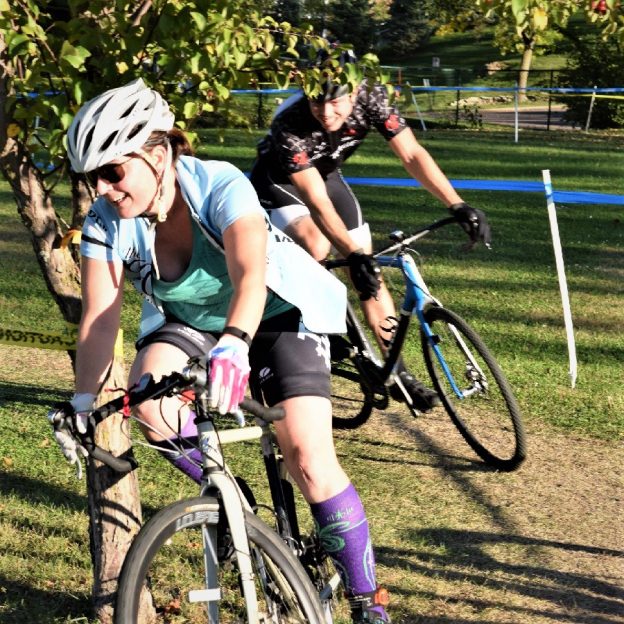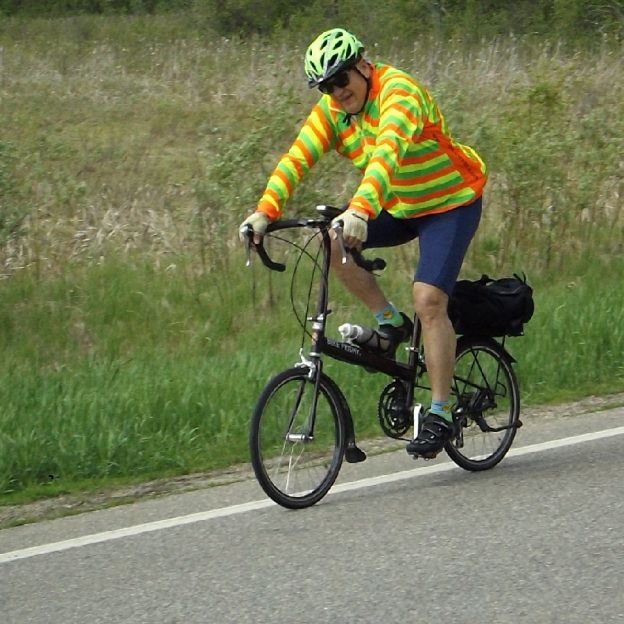Tag: cyclocross bike
-

An intro into cycle-cross may extend your summer of biking fun
If you like the idea of taking your road bike, or a slight version of it, off the pavement and onto a designated park area, cycle-cross may be for you. Also called CX, cyclo-X, or just ‘cross the actual name is cyclocross and is a form of bicycle racing known worldwide. Cyclo-cross has parallels with…

